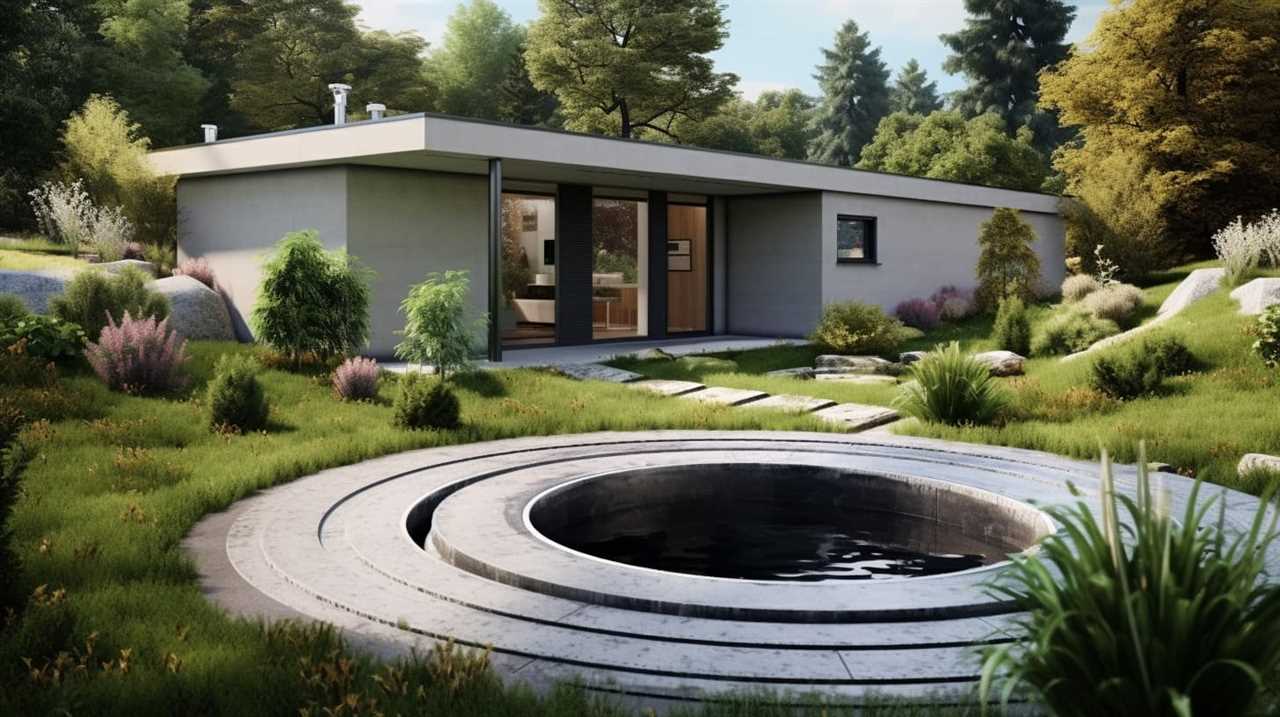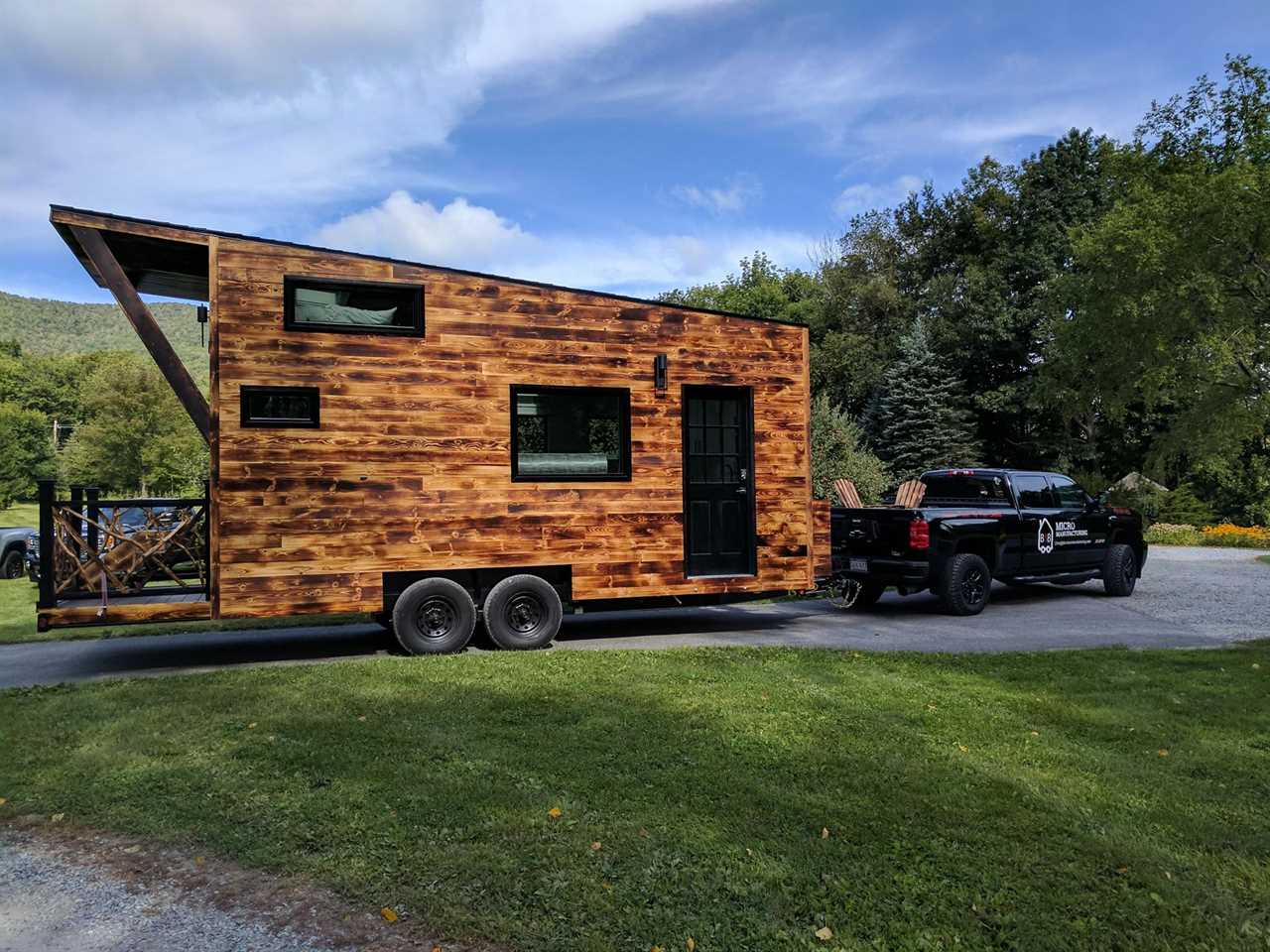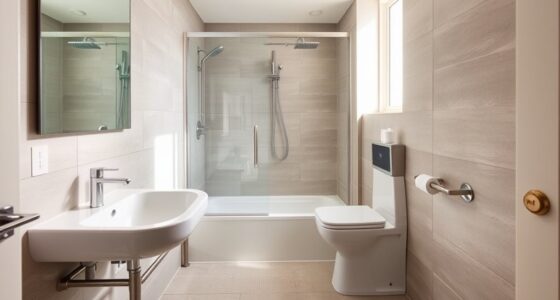When I entered my kitchen, I found a line of small ants running across the countertop. I felt frustrated, but I knew I had to figure out a solution.
In this article, I’ll share my knowledge on how to get rid of these pesky intruders. From identifying the types of tiny ants to utilizing natural remedies and chemical methods, we’ll explore effective ways to eliminate them.
Say goodbye to ant infestations and reclaim your home.
Key Takeaways
- Identifying the types of tiny ants in your house is important for determining the most effective method of elimination.
- Ants communicate primarily through pheromones, which can be used to decipher their activities and behaviors.
- Natural remedies such as vinegar and cinnamon can be effective in getting rid of tiny ants and controlling infestations.
- Using chemical methods like ant baits and sprays can provide immediate and reliable results for eliminating tiny ants.
Identifying the Types of Tiny Ants in Your House
As I’m trying to get rid of tiny ants in my house, identifying the types of tiny ants can be quite helpful. Ant identification is crucial in determining the most effective method of elimination.
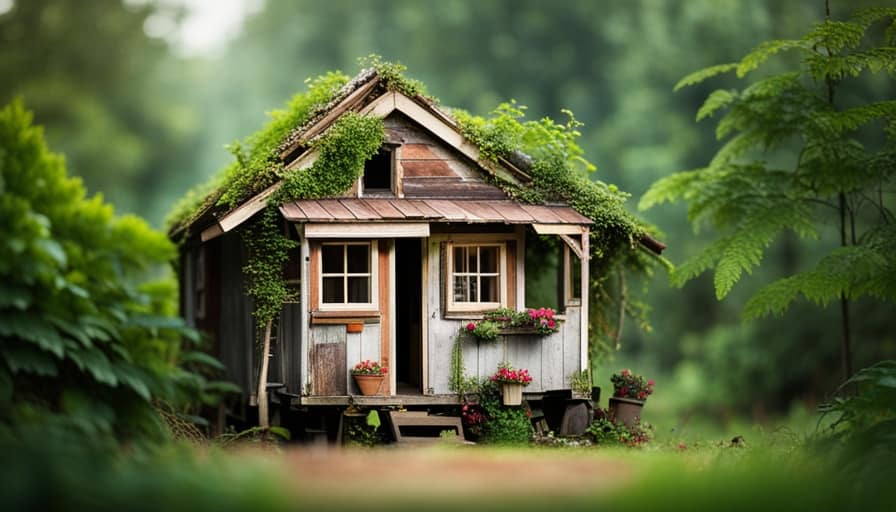
There are several common ant species that are likely to invade homes. The first is the odorous house ant (Tapinoma sessile), which emits a strong, rotten coconut-like smell when crushed.
Next is the pavement ant (Tetramorium caespitum), recognized by its dark brown color and parallel lines on its head and thorax.
Lastly, we’ve the Argentine ant (Linepithema humile), which is light to dark brown and forms large colonies.
Understanding the characteristics of these common ant species will aid in implementing targeted strategies for eradication, ensuring a pest-free environment for our customers.

Understanding the Behavior of Tiny Ants
Understanding the behavior of tiny ants can help me effectively address the infestation in my house. Ant communication plays a crucial role in their social structure. Deciphering the secret language of tiny ants can provide insights into their activities and facilitate control measures.
These insects communicate primarily through pheromones, chemical signals that convey information about food sources, danger, and even the location of their nest. By understanding these signals, I can identify the trails they use and disrupt them with natural deterrents or remove the attractants.
Additionally, exploring the intricate social structure of ant colonies can give me a deeper understanding of their behavior. Ants have different roles within their colonies, such as foragers, workers, and even queens. Recognizing these roles can guide me in targeting the appropriate areas for ant control, improving the effectiveness of my efforts.
Natural Remedies to Get Rid of Tiny Ants
With a little research and experimentation, I’ve discovered that using natural remedies such as vinegar and cinnamon can effectively eliminate tiny ants from my house. These remedies work because they are natural ant repellents and can disrupt the ants’ scent trails, making it difficult for them to navigate. Additionally, vinegar has acidic properties that can kill ants on contact. To incorporate these remedies into your ant control strategy, you can create DIY ant traps using a mixture of vinegar and water or sprinkle cinnamon powder along ant trails and entry points. Here is a table summarizing the natural remedies for tiny ant control:
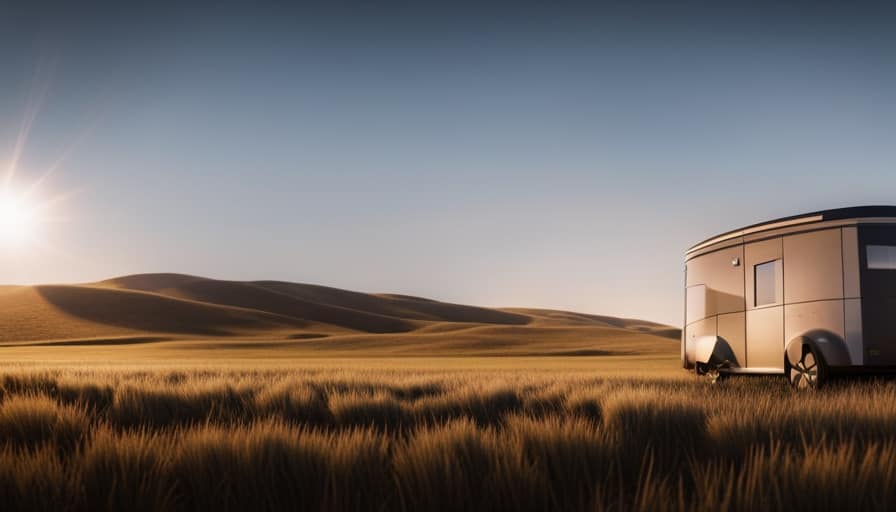
| Natural Remedies | How to Use |
|---|---|
| Vinegar | Mix equal parts vinegar and water in a spray bottle. Spray directly on ants or areas where they are present. Repeat daily until ants are gone. |
| Cinnamon | Sprinkle cinnamon powder along ant trails, windowsills, and other entry points. Reapply as needed. |
Using Chemical Methods to Eliminate Tiny Ants
To effectively eliminate tiny ants from my house, I’ve found that using chemical methods, such as ant baits and sprays, can be highly effective.
While organic methods are a popular choice for those seeking natural alternatives, chemical repellents often provide quicker and more reliable results.
Ant baits are especially effective as they contain a slow-acting poison that ants carry back to their colonies, eliminating them at the source.
Sprays, on the other hand, provide immediate results by killing ants on contact.

It’s important to note that different ant species may require different repellents, so it’s crucial to identify the type of ant infestation before selecting a chemical method.
Preventing Future Ant Infestations in Your House
I’ve learned that implementing these five strategies can help prevent future ant infestations in my house.
The first step is to keep my house clean and free of food debris. This means wiping down countertops, sweeping floors, and properly storing food in airtight containers.
Secondly, sealing off entry points is crucial in creating an ant-free environment. I’ve made sure to caulk any cracks or gaps in windows, doors, and walls. Additionally, I’ve trimmed back any trees or shrubs that touch my house, as they can provide a pathway for ants to enter.
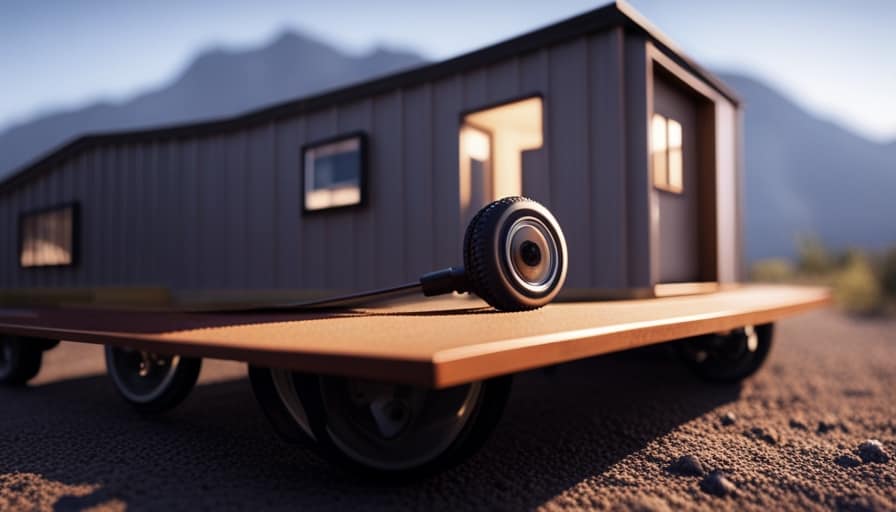
Regularly inspecting and repairing plumbing leaks is the third strategy, as ants are attracted to moisture.
Lastly, storing firewood away from the house and keeping outdoor trash cans tightly sealed helps deter ants from nesting near my home.
Frequently Asked Questions
How Do I Know if the Tiny Ants in My House Are Harmful or Dangerous?
To determine if tiny ants in your house are harmful or dangerous, observe their behavior and consult an expert if necessary. Safely get rid of them by using natural deterrents and sealing entry points to prevent their entry into your home.
Can I Use Vinegar or Bleach to Get Rid of Tiny Ants?
Using vinegar as a natural ant repellent has pros and cons. While it can be effective, it may only repel ants temporarily. Alternatives to vinegar and bleach for getting rid of tiny ants include using ant baits or contacting a professional pest control service.

What Are Some Common Mistakes People Make When Trying to Eliminate Tiny Ants?
When trying to eliminate tiny ants, common mistakes include not locating and eliminating the source of the infestation, as well as using ineffective insecticides. It’s important to address the root cause and choose effective methods.
Are There Any Specific Plants or Scents That Repel Tiny Ants Naturally?
Plants and scents that repel tiny ants can be effective natural ant repellents. Some examples include peppermint, citrus, cinnamon, and lavender. These scents disrupt their pheromone trails and deter them from entering your house.
How Do I Prevent Tiny Ants From Coming Back After I Have Eliminated Them From My House?
To prevent tiny ants from returning after elimination, I employ long-term ant control techniques. By sealing cracks, keeping food sealed, and maintaining cleanliness, I ensure a pest-free environment and prevent re-infestation.
Conclusion
In conclusion, identifying the types of tiny ants in your house and understanding their behavior is crucial for effective elimination.

Natural remedies, such as vinegar or cinnamon, can be used to deter ants. However, if the infestation persists, chemical methods like ant bait or sprays can be employed.
It’s estimated that a single ant colony can contain thousands of ants, emphasizing the importance of taking immediate action to prevent future infestations.
I’m Theodore, and I love tiny houses. In fact, I’m the author of Tiny House 43, a book about tiny houses that are also tree houses. I think they’re magical places where imaginations can run wild and adventures are just waiting to happen.
While tree houses are often associated with childhood, they can be the perfect adult retreat. They offer a cozy space to relax and unwind, surrounded by nature. And since they’re typically built on stilts or raised platforms, they offer stunning views that traditional homes simply can’t match.
If you’re looking for a unique and romantic getaway, a tree house tiny house might just be the perfect option.
